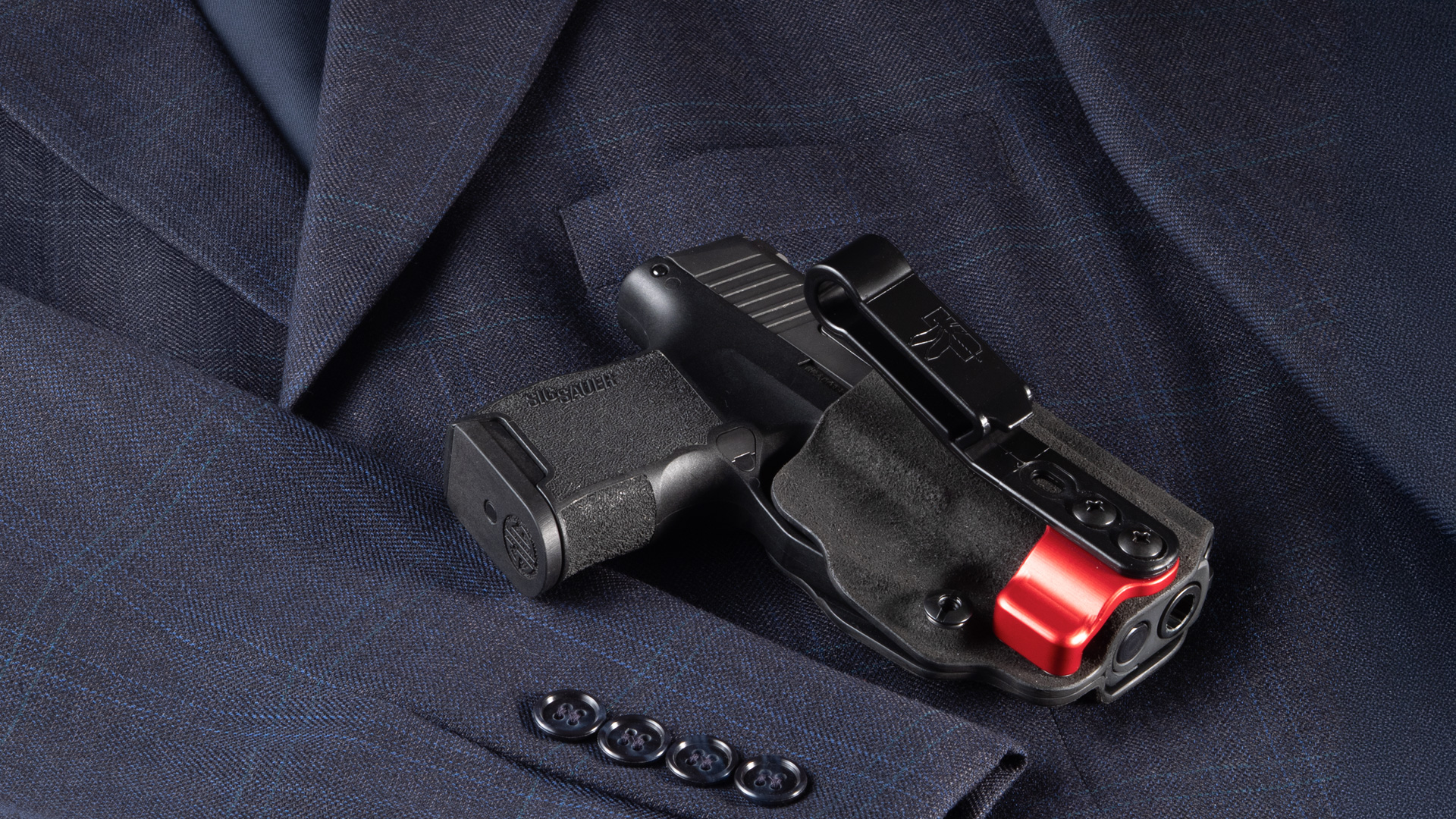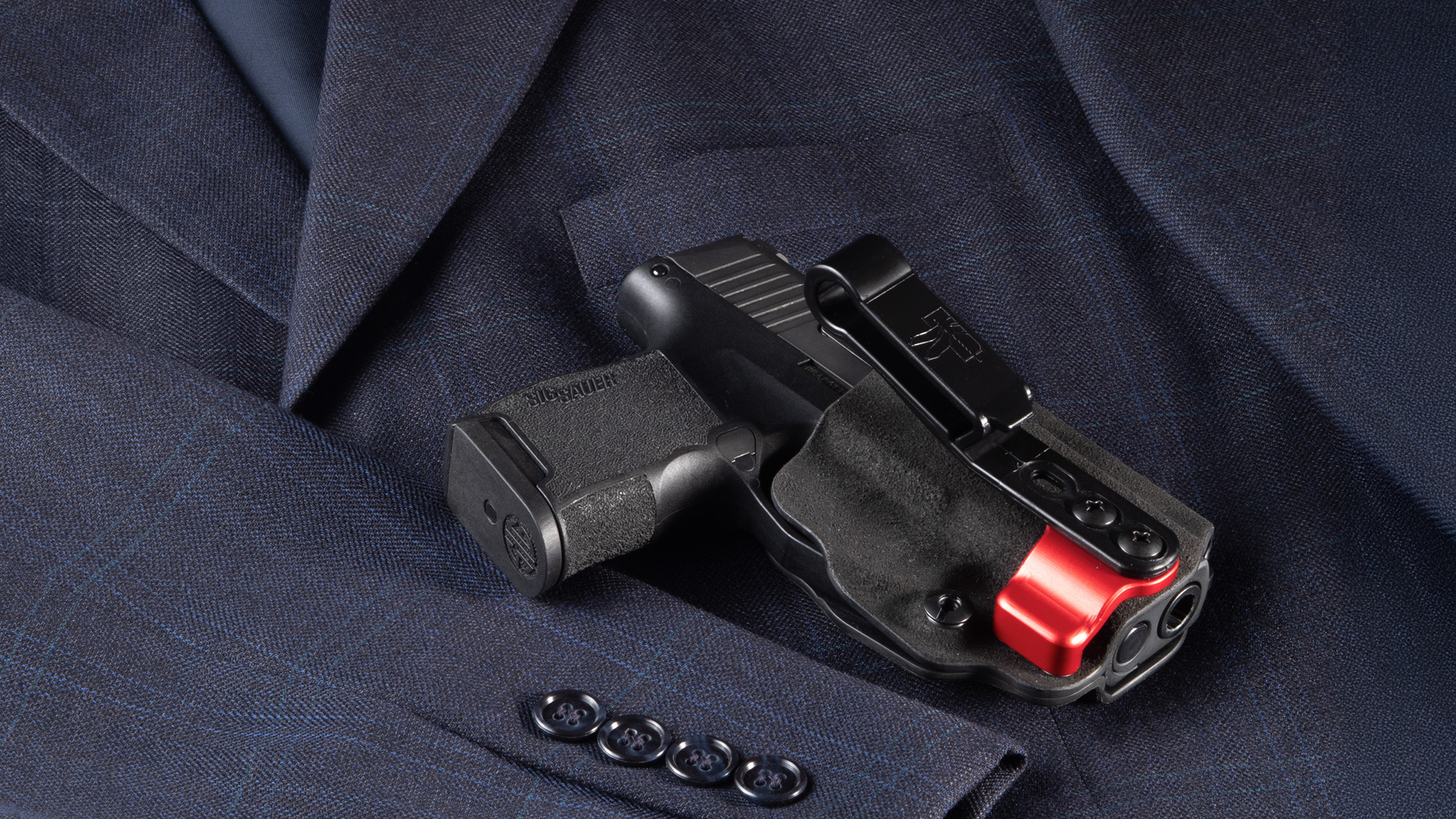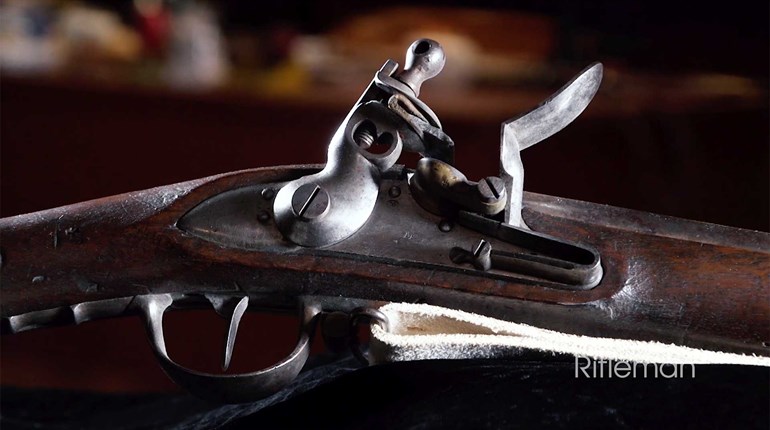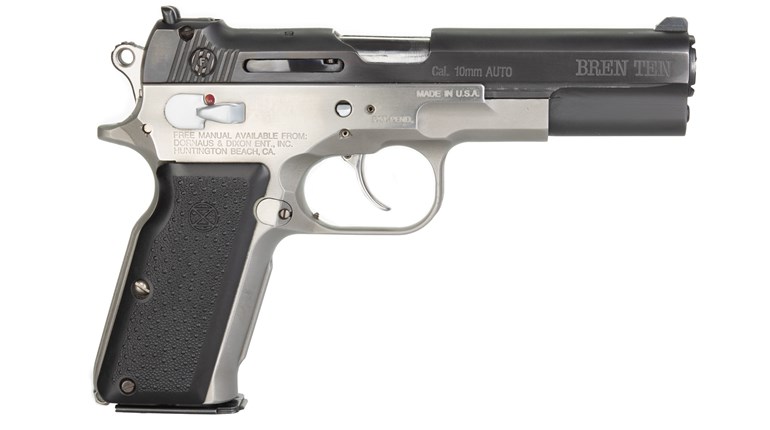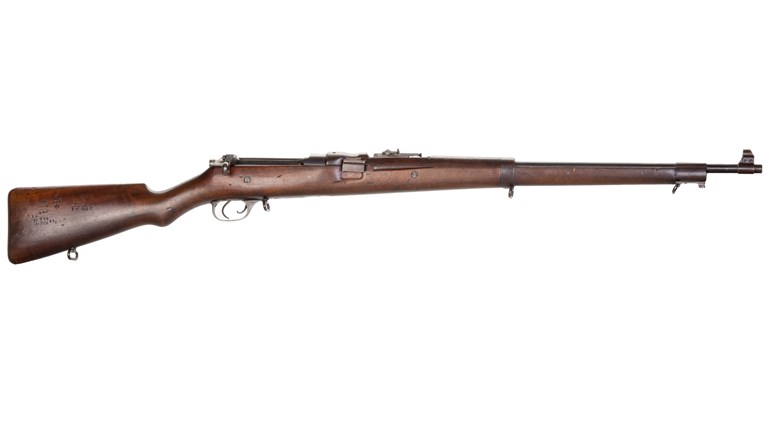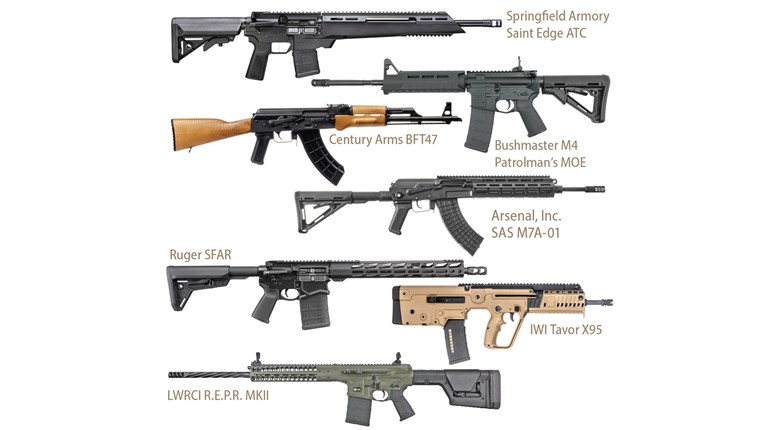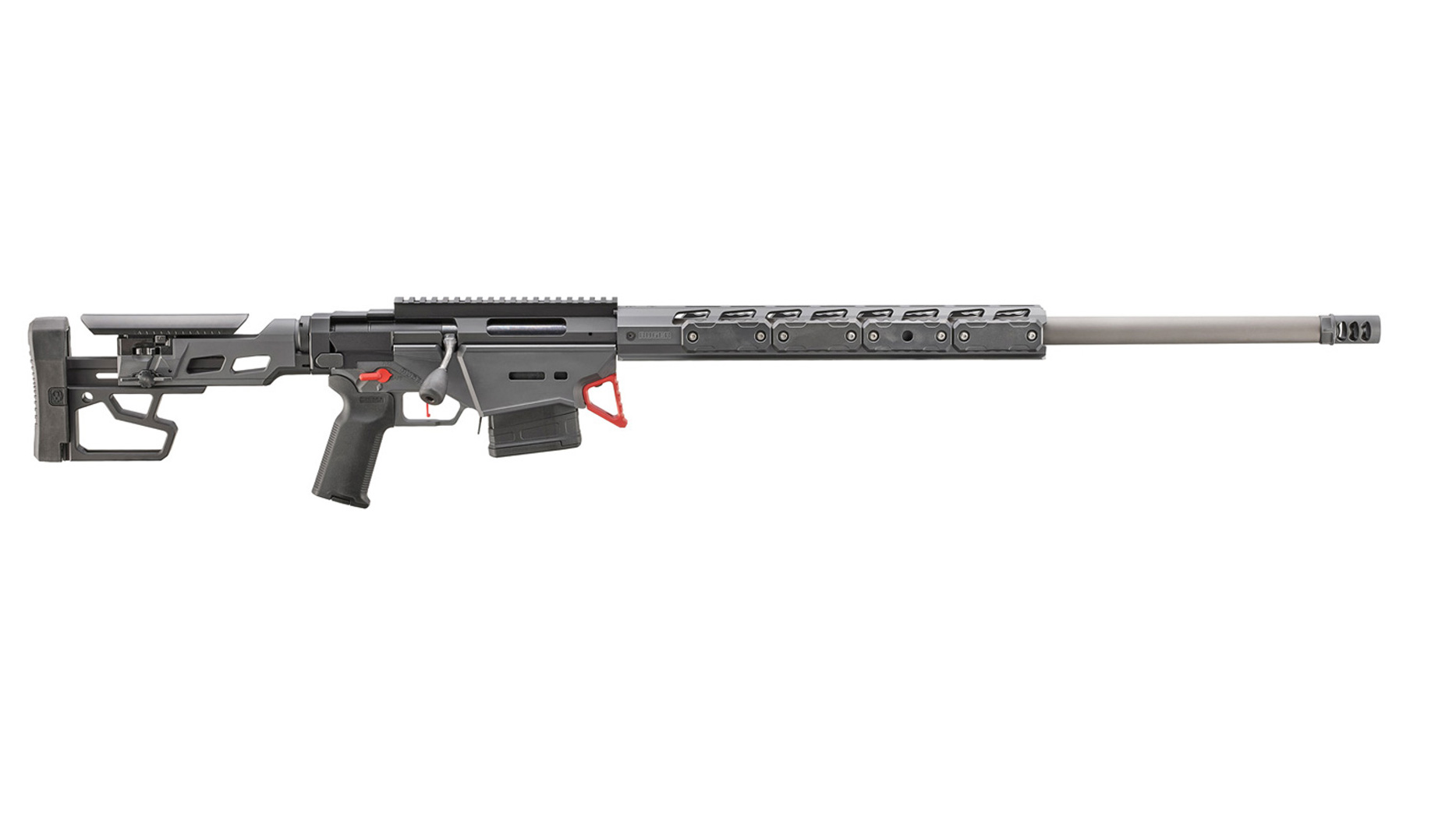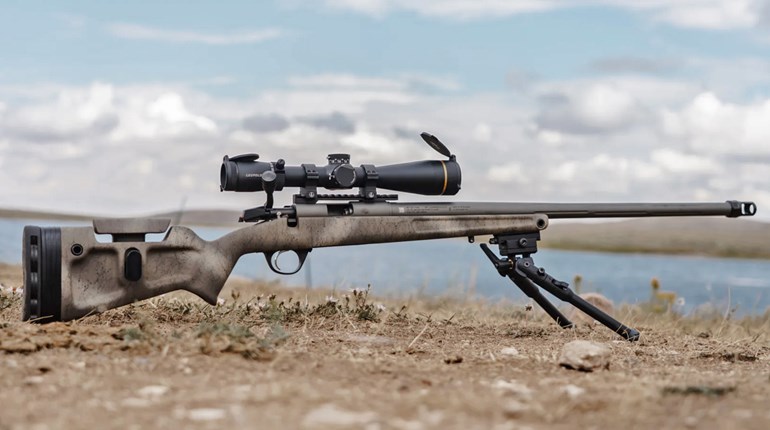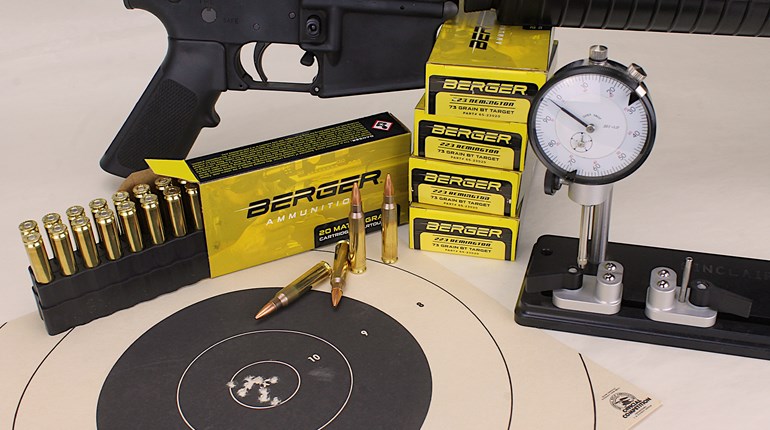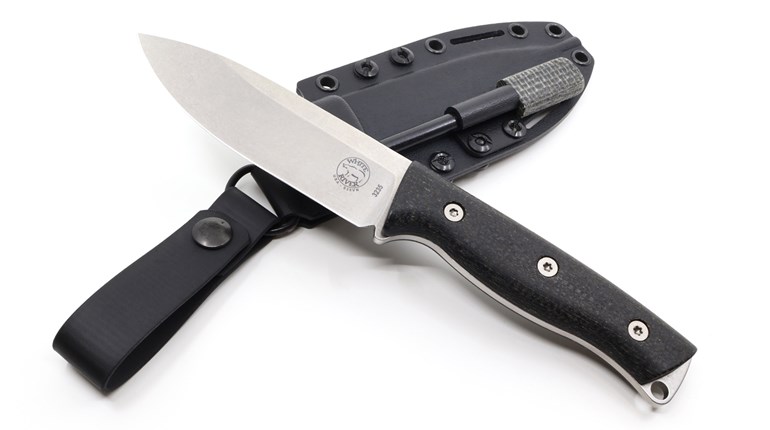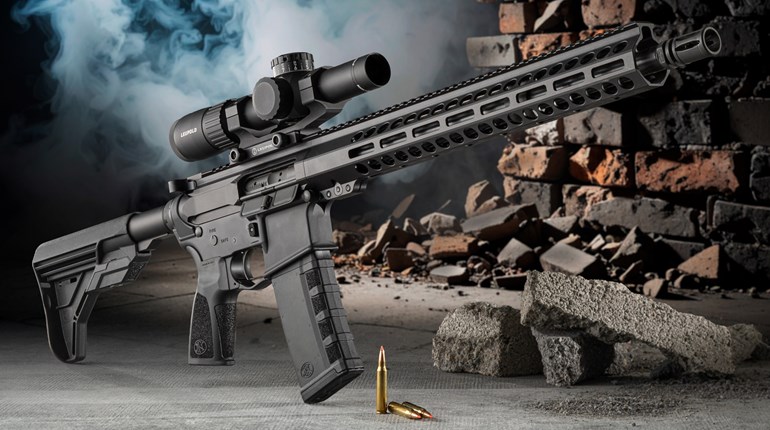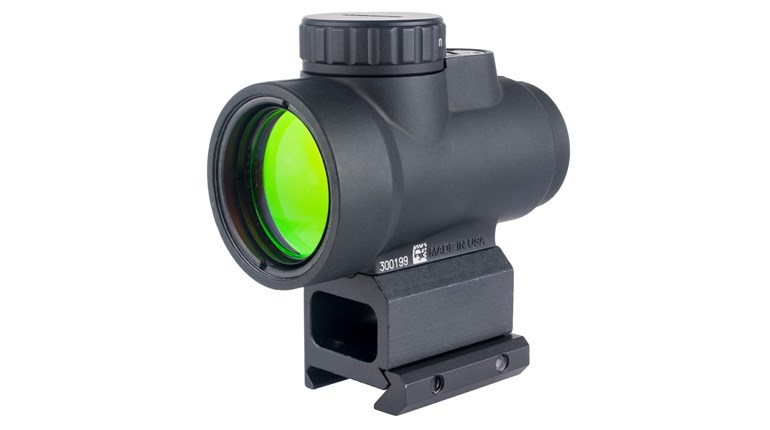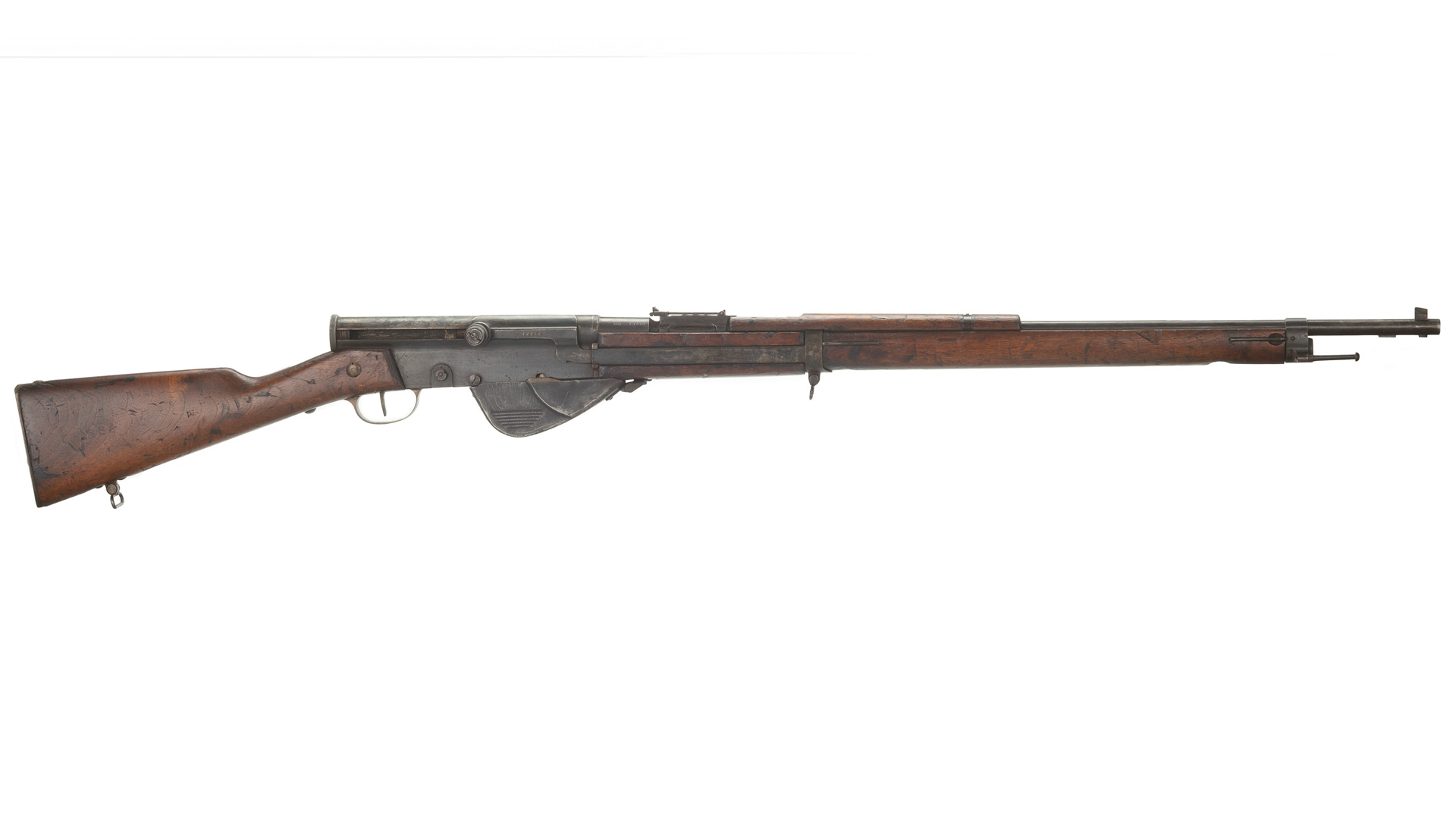
The names Paul Ribeyrolles and Charles Sutter are largely forgotten by most gun collectors and firearm historians, while that of Louis Chauchat remains one of misplaced derision as the name of one of the most maligned firearm designs of the 20th century. However, when combined, the initials of Ribeyrolles, Sutter and Chauchat (RSC) identify the first successful and innovative semi-automatic rifle used in great numbers during the First World War.
The RSC, or as it was officially known, “Fusil Automatique Modèle 1917 (RSC),” was an 11-pound, 52-inch, semi-automatic rifle chambered in 8 mm Lebel, of which nearly 90,000 were manufactured from 1917 to 1919. It was the most widely produced semi-auto rifle of the Great War.
The story of the RSC begins in 1884, when French chemist Paul Vieille invented smokeless powder as a propellant for ammunition. The new “Poudre B” revolutionized firearm design, as the fouling from blackpowder would no longer clog the operating mechanisms of firearms and the new powder meant that smaller projectiles could go farther and with much greater accuracy than their predecessors.
The French capitalized on the new powder immediately and developed the first bolt-action, tubular-magazine-fed military rifle, the Lebel Model of 1886 chambered in 8 mm Lebel. France produced more than 3 million of them before the end of its service life in 1920.
In the rush to be the first in the field with such a revolutionary rifle, the Lebel had a number of shortcomings, including its tubular magazine. Ammunition had to be immediately redesigned, so the pointed nose of the spitzer bullet would not come in contact with the primer of the round in front of it in the magazine. Loading eight rounds into a Lebel was done one at a time, a time-consuming process quickly eclipsed by most European arms that used stripper clips of five rounds.
In 1890, the French Berthier rifle was introduced, with the ability to accept three and then five rounds via clips. Initially issued in carbine form to French cavalry units, the Berthier—of which there are nine different models—was soon the preferred arm of the infantry and more than 3.5 million of them were produced by the end of World War I.

Mexican General Manuel Mondragón began development of a semi-automatic rifle in 1894 that was accepted in 1910 and was the first military adoption of a semi-auto rifle. The French were not far behind, with a military-trial competition to find a suitable semi-auto beginning in 1896 that eventually fielded 20 models of various types. The trial guns operated on both long- and short-recoil systems, as well as gas ports. The French Meunier A6 semi-automatic was selected and adopted in 1910 to replace the Lebel as the standard service rifle, but debate over its caliber (7 mm) and the composition of the cartridge delayed production until the eve of the Great War. Only 1,000 were produced before the idea was scrapped in favor of mass producing what they already had tooling for—the Lebel and Berthier. (The British Pattern 1914, and to a lesser extent, the M1 Garand, would later face similar bureaucratic hurdles.)
The team of Chauchat and Sutter began to develop a light automatic rifle as early as 1903 and ran trials of prototypes through 1909. They introduced the CSRG, or its official title, “Fusil Mitrailleur Modele 1915 CSRG,” which was also known simply as the Chauchat, in 1915. The Chauchat had a long-recoil system based on—just wait for it, you know it’s coming—John M. Browning’s 1906 design of the Remington Model 8. After its adoption, their attention turned to the RSC’s development.
Avoiding the complexities of the A6 and its cartridge issues, the RSC team designed a gas-port rifle using literally parts and pieces of the Lebel and the Chauchat. The RSC used the buttstock, barrel, barrel bands, sights, trigger guard and fore-end stock from the Lebel and the tubular magazine for the gas system. The long receiver tube came from the Chauchat. Even the bayonet from the Lebel was incorporated and issued with the gun. The parts of the gun were manufactured at a number of factories in France and then delivered to the Manufacture d’Armes de Saint-Étienne (MAS) for final assembly.
The RSC was adopted in 1916, but was not put into full production until the spring of 1917. It was initially deployed in a manner similar to the modern Squad Automatic Weapon, or SAW—despite being semi-automatic only—by issuing a number of them per infantry company. By most accounts they performed well, but common complaints were its length and weight. Also, the gas port was small in diameter and tended to foul quickly, while the open receiver tube collected dirt and dust in the trenches, requiring frequent cleaning.
Perhaps the most curious of its defects was its loading system. The RSC employed a five-round clip similar to, but not the same as, the Berthier clip, which was inserted from a release found on the underside of the gun and then fed from the bottom of the receiver.
A shorter and lighter version was developed, but was not adopted until the close of the war on the Western Front on Nov. 11, 1918. It would take the inter-war years for firearm designers to iron out the flaws in semi-auto rifle systems, and by the eve of the Second World War, only the M1 Garand would be in the field as the standard semi-automatic service arm of any nation. The groundwork had been laid by the RSC, but sometimes lessons learned are soon forgotten. Today, the RSC is a rare and treasured part of any World War I firearms collection. The clips even more so.




